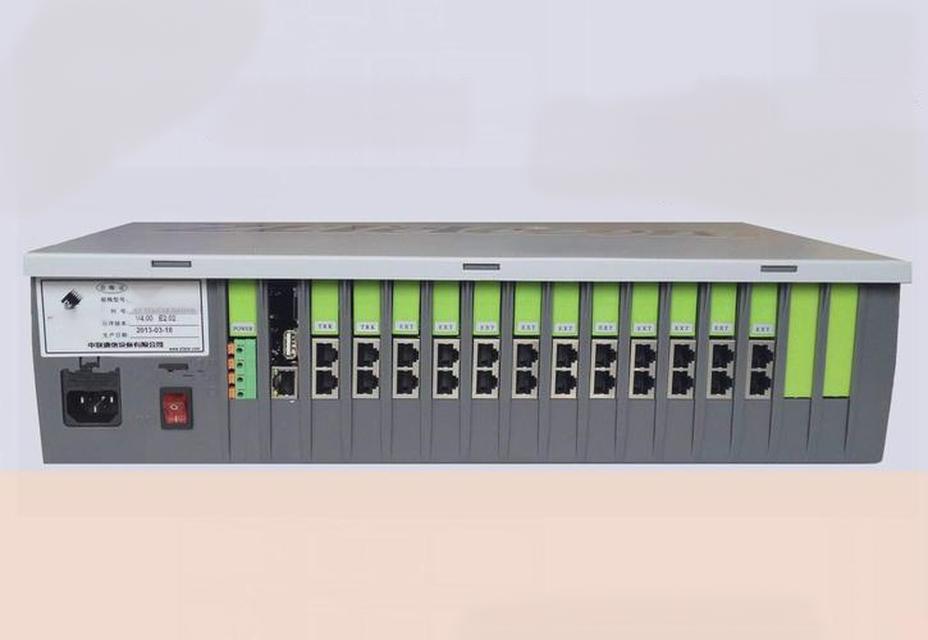
Program controlled exchange refers to a telephone exchange that utilizes modern computer technology to complete control, connection, and other tasks. Compared to manual switches, program controlled switches can improve communication quality, increase switching capacity, and reduce maintenance costs. Widely used in various types of telephone networks such as urban telephone networks, mobile communication networks, and internal communication within enterprises.
In response to the on-site wiring requirements of the programmable switch, the TXGA wiring terminal has a stainless steel spring clip structure inside the plug wire hole. After the wire is peeled, it can be directly inserted into the wire hole for installation, making the operation convenient. Users can quickly connect multiple wires to the device, achieving functions such as fixing wires, distributing current, and connecting electrical appliances.
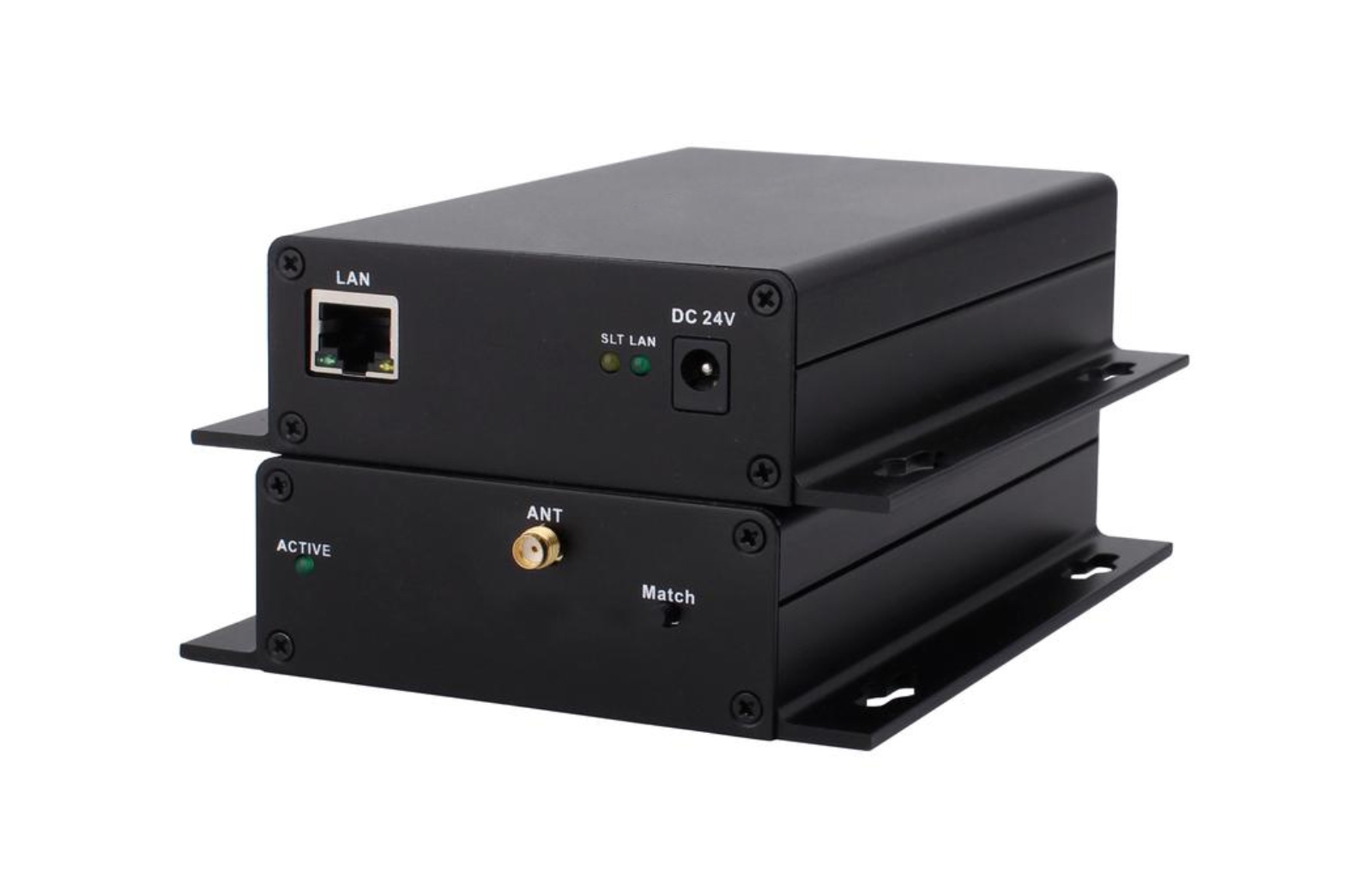
A wireless base station is a telecommunications infrastructure that communicates by transmitting and receiving wireless signals. In small enclosed hotspots or signal blind spots, multiple small wireless base station devices can effectively supplement the insufficient signal coverage of outdoor wide area base stations, ensuring network service quality and wireless communication quality. Meet the needs of users in densely populated indoor areas such as mines, parks, warehouses, shopping malls, subways, and stations for high-density connectivity and high-frequency communication.
In this case, the RF connectors provided by TXGA for wireless base stations adopt a gold-plated process, which is resistant to oxidation and corrosion. It can effectively avoid excessive contact impedance, signal attenuation, and disconnection problems caused by long-term exposure to air oxidation, ensuring the reliability of signal transmission of the connectors during long-term operation. The product adopts a 50 Ω standard impedance, which can ensure impedance consistency and stability throughout the entire transmission line. The connector can withstand a voltage of 1000V and effectively avoid the problem of external induced voltage breakdown under harsh working conditions, achieving safer and more stable electrical connections for wireless base stations.
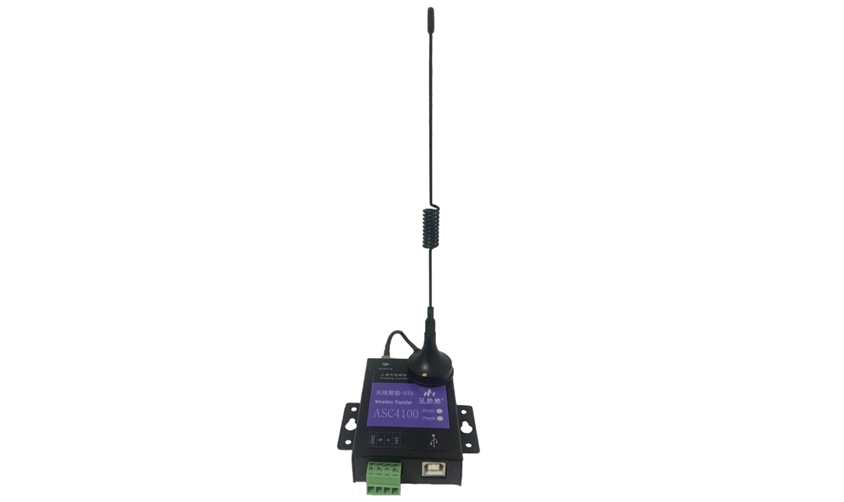
The intelligent wireless DTU (Data Transfer Unit) is a wireless terminal device specially used to convert serial port data into IP data or IP data into serial port data, and transmit them through wireless communication network. It realizes bidirectional wireless data transmission between front-end equipment and background center. It is one of the most frequently used products in Internet of Things communication equipment. It is often used in petroleum, petrochemical, mining and other occasions where wireless data transmission is required but wiring is inconvenient.
The B-type USB connector provided by TXGA for intelligent wireless DTU has a high-speed transmission rate of 480Mbit/s, and is compatible with low-speed 1.5Mbit/s and full speed 12Mit/s. The maximum current of each contact of the product is 1.5A, the maximum voltage is 30V, and the maximum cable transmission distance is 5m. Through the HUB cascade mode, a B-type USB connector can be extended to 127 USB devices, and supports four transmission modes: control transmission, interrupt transmission, synchronous transmission and batch transmission. Meet the equipment expansion requirements of intelligent wireless DTU.
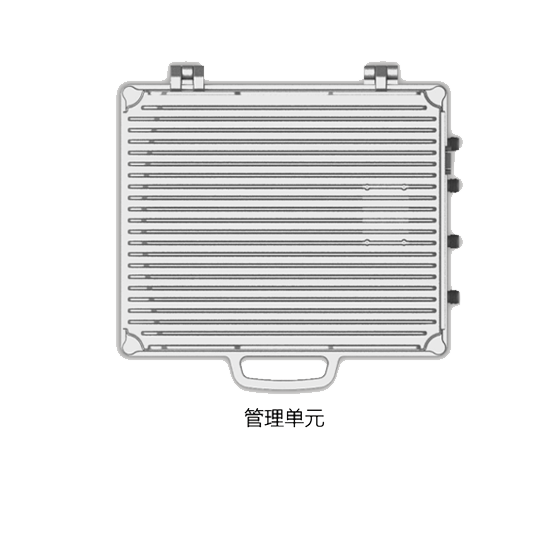
As 5G network operating frequency bands are allocated higher and higher, the coverage depth of outdoor base stations for indoors is becoming increasingly insufficient. In densely populated areas such as hotels, shopping malls, office buildings, etc., room division equipment is needed to evenly distribute the source signal to the indoor area to be covered, so as to improve the indoor mobile communication environment.
In this case, TXGA provided various types of RJ45 connectors, D-SUB wiring harnesses and other products for the 5G NR telecom smart room frequency shift management unit. The product has good compatibility and anti-interference performance, and can realize the combined output of 5g radio frequency signal and 2G/3G/4G signal without mutual interference.
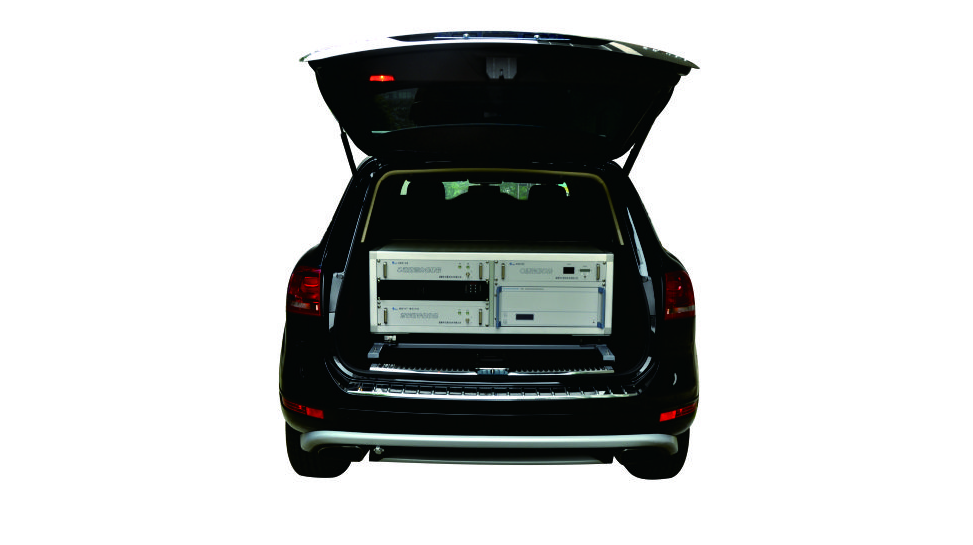
Radio waves refer to electromagnetic waves in the radio frequency band that propagate in free space (including air and vacuum). Through radio monitoring stations, radio waves can be discovered, located, tracked, recorded, and monitored. In order to standardize radio management and investigate illegal radios in a timely manner, in addition to ordinary base station monitoring, radio monitoring vehicles are also needed to improve the mobility of monitoring and make up for the lack of coverage of fixed monitoring stations. The radio monitoring vehicle integrates the main part of the fixed station and can be moved flexibly. It is mainly used for on-site radio monitoring in large-scale activities such as the college entrance examination.
TXGA's interconnection solutions for radio mobile monitoring vehicles include FPC connectors, board-to-board connectors, wire-to-board connectors and other products. The product has a sturdy structure design and a stable plug-in effect, and at the same time, it is light in weight and small in size. It can still maintain a stable and reliable transmission effect in the vehicle environment, and meets the needs of radio monitoring in various environments.